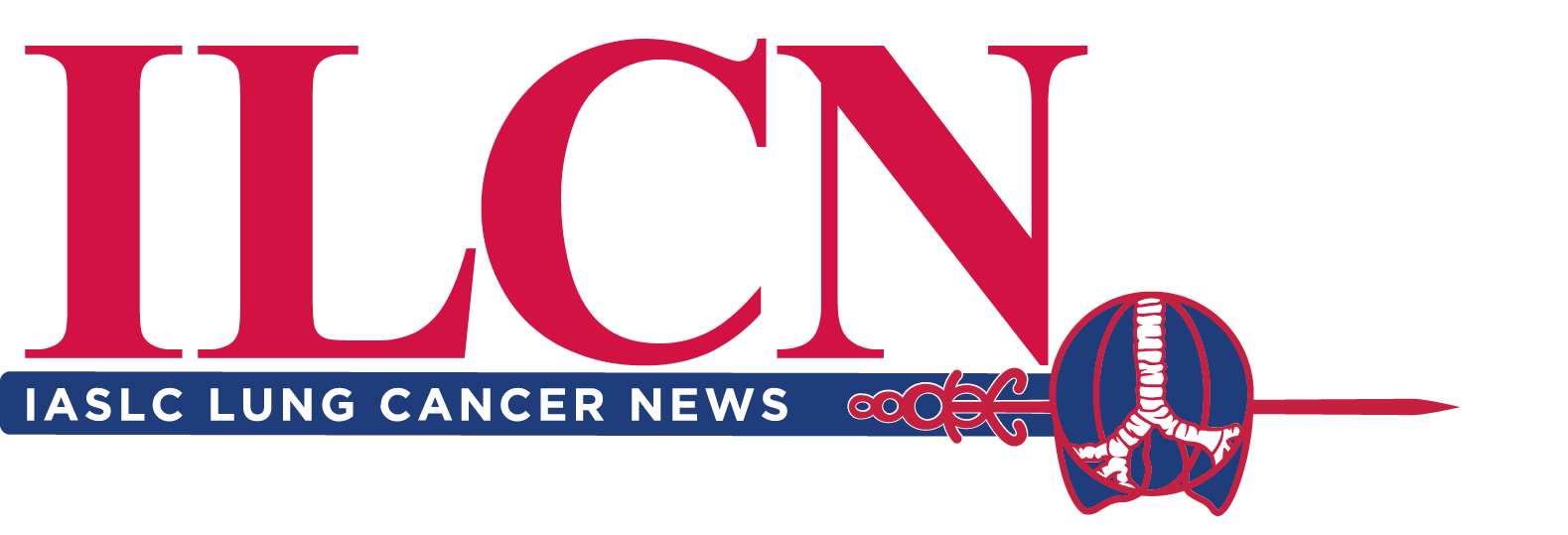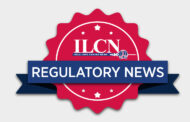MET amplification is a key resistance mechanism in more than 20% of pretreated EGFR-mutant non-small cell lung cancer (NSCLC) cases. It’s also tied to early disease progression and poor prognosis.

Biomarker-guided treatment options after progression on EGFR-tyrosine kinase inhibitor (TKI) therapy remain limited. Until recently, no randomized study has addressed the role of targeted therapies for MET-amplification in this clinical setting.
New data from the phase III SACHI trial suggest that a combination of savolitinib and osimertinib may offer a new chemotherapy-free treatment option for patients with EGFR-mutated NSCLC who have developed MET amplification after progression on a first-line EGFR TKI.
“SACHI is the first biomarker-driven randomized phase III study comparing savolitinib and osimertinib with platinum-based doublet chemotherapy in patients with locally advanced or metastatic EGFR-mutant-positive NSCLC with MET amplification following first-line EGFR-TKI failure,” said Shun Lu, MD, PhD, Professor and Chief of Shanghai Lung Cancer Center at Shanghai Chest Hospital, Shanghai.
The combination treatment demonstrated consistent improvements in key outcomes, including progression-free survival (PFS), disease control rate (DCR), and objective response rate (ORR).
Savolitinib, a highly selective oral MET TKI, has already demonstrated efficacy in combination with osimertinib in the phase 1b TATTON trial and the phase II SAVANNAH study.
Dr. Lu presented these results at the 2025 American Society of Clinical Oncology (ASCO) Annual Meeting.
Trial Design and Patient Population
The open-label, randomized SACHI trial enrolled 211 patients across 68 centers in China. Eligibility criteria included:
- MET-amplified advanced NSCLC
- Disease progression after first-line EGFR-TKI treatment
- Confirmed MET amplification (via FISH)
Patients were randomized 1:1 to receive either savolitinib combined with osimertinib or platinum-doublet chemotherapy. The primary endpoint was PFS as assessed by investigators, with secondary endpoints including:
- PFS by Independent Review Committee (IRC)
- DCR
- Duration of response (DoR)
- Overall survival (OS)
- Safety
Key Findings
The savolitinib-osimertinib combination met the primary endpoint in both the first- and second-generation EGFR-TKI treated populations, as well as in the intent-to-treat (ITT) population.
In patients treated with first- or second-generation EGFR TKI, the median PFS was 9.8 months for the savolitinib-osimertinib combination versus 5.4 months for chemotherapy.
In the ITT population, the median PFS for the savolitinib-osimertinib combination was 8.2 months compared with 4.5 months for chemotherapy.
“The predefined statistically significant thresholds for the primary endpoint were met in both the prior first- and second-generation EGFR-TKI-treated and ITT populations,” Dr. Lu said.
This PFS benefit was consistent across subgroups, including patients with disease progression on prior third-generation EGFR-TKI treatment and those with brain metastases.
In patients who received third-generation EGFR-TKI treatment, the median PFS was 6.9 months with the combination therapy versus 3 months with chemotherapy.
“The PFS benefits in the population progressing on prior third-generation EGFR-TKI treatment were comparable to those in the ITT population and in prior first- or second-generation EGFR-TKI-treated populations,” Dr. Lu said.
In patients with a history of brain metastases, the median PFS was 6.9 months for savolitinib plus osimertinib, compared with 4.7 months for chemotherapy. Additionally, the combination treatment was also superior in patients without a history of brain metastases, with a median PFS of 9.6 months versus 4.2 months for chemotherapy.
The savolitinib-osimertinib combination outperformed chemotherapy in both tumor response and DCR in the ITT population, with treatment benefits observed across all subgroups.
- ORR: 58% (savolitinib-osimertinib combination) vs. 34% (chemotherapy)
- DCR: 89% vs. 67%
- Median DoR: 8.4 months vs. 3.2 months
The overall survival (OS) data were still evolving, with 40% maturity reported.
“The OS data was not mature, but we should note that with OS maturity of 40%, 55 patients in the chemotherapy arm received the subsequent MET-TKI treatment, including 45 patients receiving study crossover treatment and 10 patients receiving other MET inhibitors,” Dr. Lu said.
Safety Profile
The safety profile of the savolitinib-osimertinib combination was favorable with no new safety signals or unexpected toxicities. The median duration of exposure in the osimertinib-savolitinib arm was 6.9 months versus 4.1 months with chemotherapy.
Treatment-related adverse events (TRAEs) were similar in both arms:
- At least one TRAE: 97% (savolitinib-osimertinib) vs. 95% (chemotherapy)
- TRAE of grade 3 or higher: 45% vs. 46%
- TRAE leading to dose modification: 47% vs. 40%
- TRAE leading to dose discontinuation: 6% vs. 8%
- Serious TRAE: 27% vs. 21%
The main grade 3 toxicities associated with the savolitinib-osimertinib combination were liver toxicity and edema, while patients in the chemotherapy group primarily reported hematological toxicities.
Clinical Implications
The combination of savolitinib and osimertinib showed significant and clinically meaningful improvements in PFS, ORR, and DoR as a second-line treatment for patients after EGFR-TKI failure.
In his concluding remarks, Dr. Lu said savolitinib-osimertinib may offer a new chemo-free option for patients with EGFR-mutated NSCLC and MET amplification after progression on first-line EGFR-TKI.
He said the SACHI trial represents the first randomized phase III study to compare savolitinib and osimertinib with platinum-based doublet chemotherapy, and these latest results indicate that the combination has the potential to become a standard second-line treatment option for patients with limited treatment alternatives.





